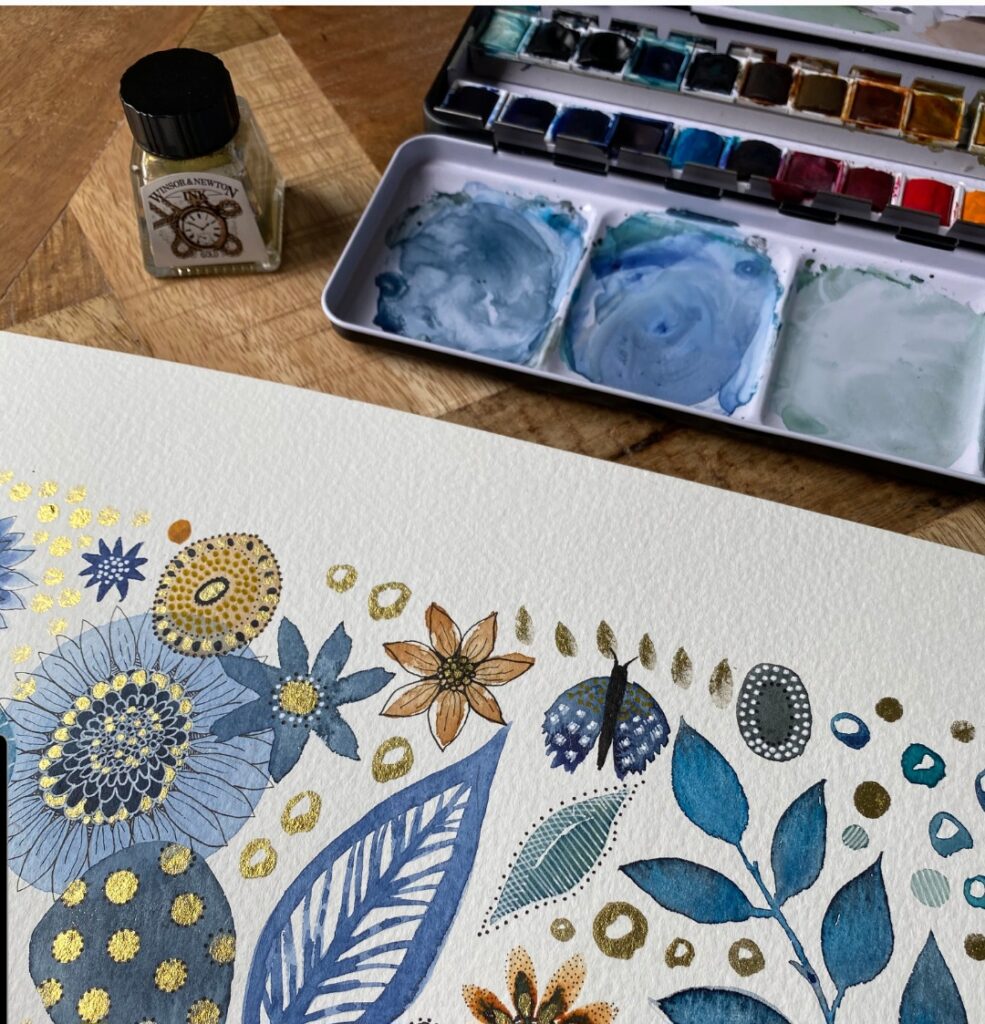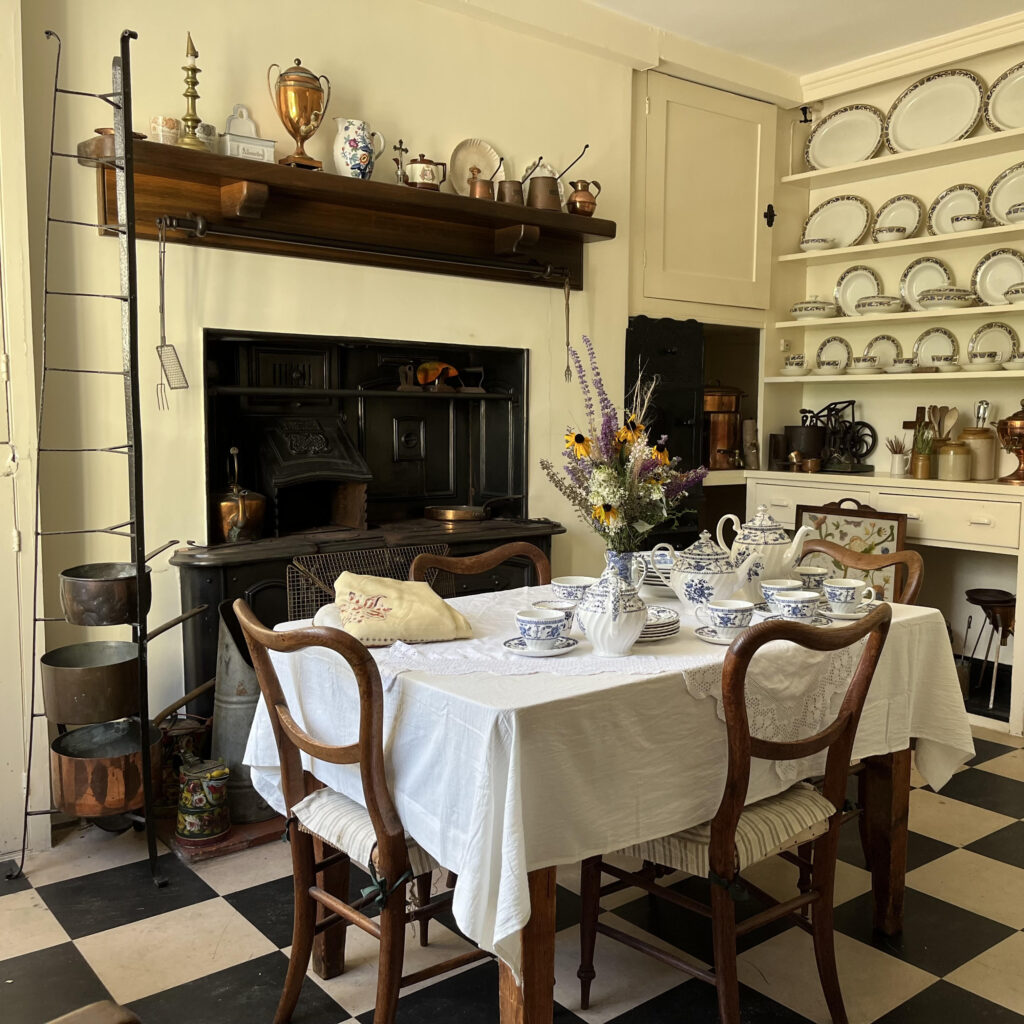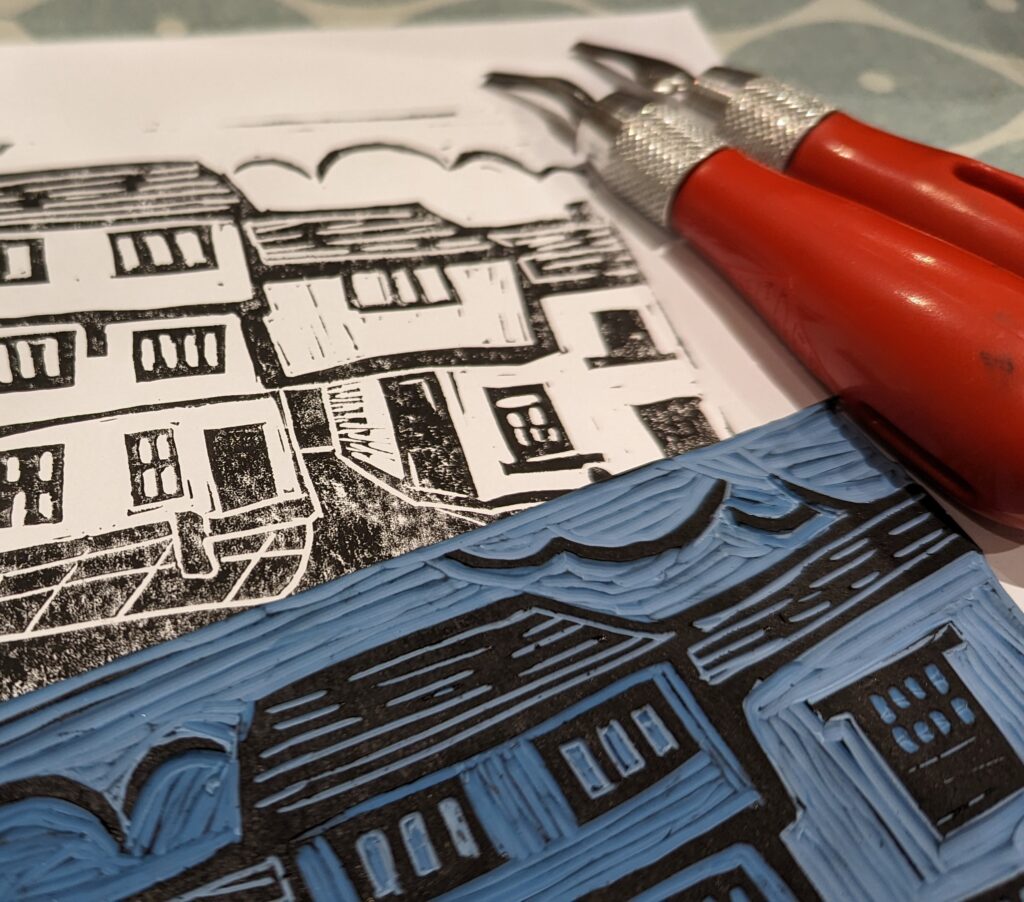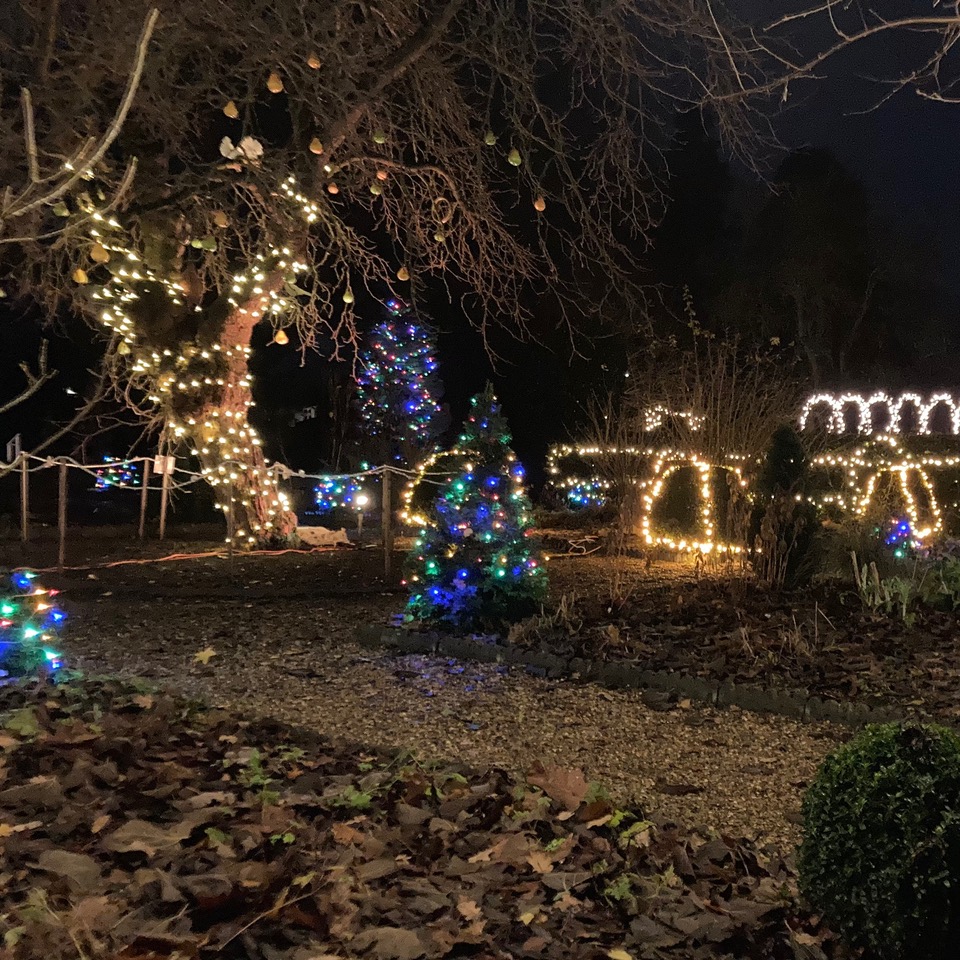Helleborus

- Common name: Hellebore
- Type: Herbaceous perennial
- Height and spread: In 5 years (depending on variety) approximately 0.3 to 1.2 m or 45 to 90 cm
- Aspect: Semi Shade, North or East facing, excellent in woodland
- Hardiness: Fully hardy
- Care: Easy
- Note: Poisonous parts, and sap can be a skin irritant
Herbaceous clump forming perennial grown for its lovely white, purple, almost black and even green flowers in late winter and early spring.
Want to find it at Reveley? The raised bed by the holly tree with the bird feeder.
There are several species of Helleborus, some have lovely common names such as the Christmas rose (Helleborus niger) and the Lenten rose (Helleborus x hybridus), some not quite so lovely such as Stinking hellebore and dungwort, (Helleborus foetidus). Helleborus is a member of the Ranunculaceae family, not the rose, along with the common Buttercup. It is an excellent plant for semi shade, preferring moisture retentive well-drained soil.
Due to the naturally graceful drooping habit of the flowers plant on a bank, or in a slightly raised position so that you can more easily admire the beautiful flowers.
For those fortunate enough to attend February’s flower arranging demonstration at Reveley, Christine Ramsey showed us several ways of enjoying this plant indoors, her designs ranging from simple to the slightly more complicated.
Hellebores freely cross-pollinates within the genus resulting in some lovely colour combinations and delicate markings in the flowers.
Care: Old leaves should be cut off in early spring as flower buds develop. In spring watch out for the sap feeding Hellebore aphid, which can cause a lack of vigour and unsightly sooty mould on the leaves and flowers. You can squash the insects or ask at the garden centre for an organic spray, but please be aware of pollinating insects, to avoid harming them do not spray plants in flower. Hellebore black death is a virus which manifests as black streaks on the leaves, the new growth being stunted and distorted. Unfortunately, plants with Hellebore black death must be destroyed as there is no chemical treatment.
There are many folklore stories surrounding the plant, for instance did you know that according to Dioscorides and Pliny if an eagle sees you digging up a hellebore he will cause your death? But if you draw a circle round the plant, face East and offer a prayer – then you should be safe enough to go ahead and dig it up. Happy gardening!









